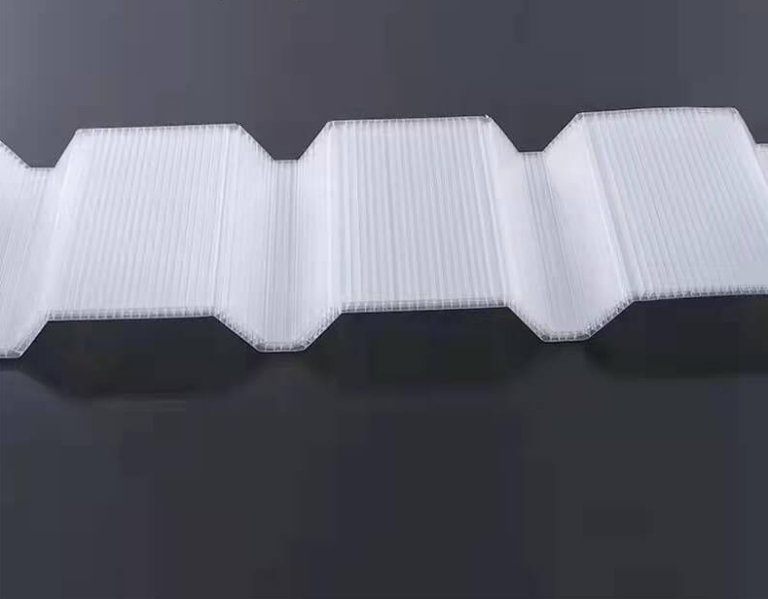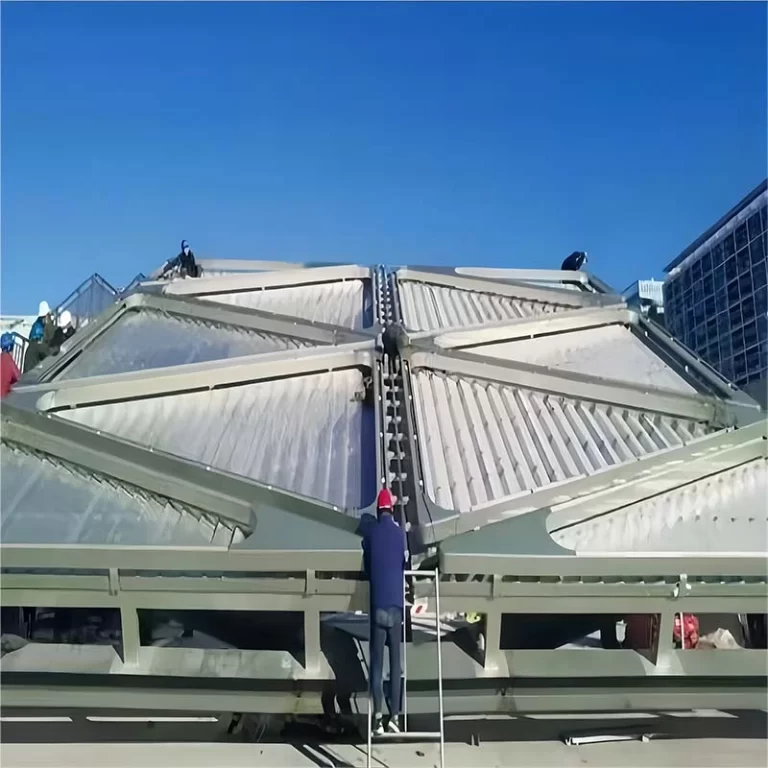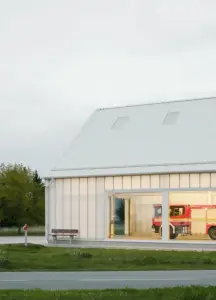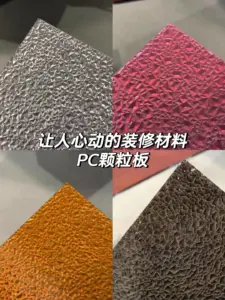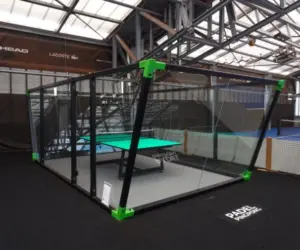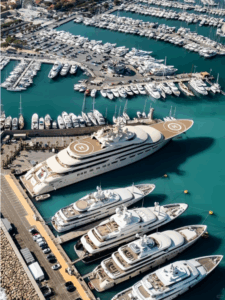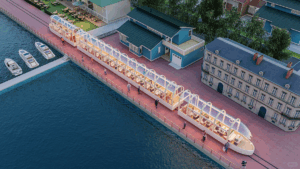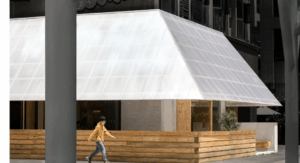4-layer Hollow Polycarbonate Corrugated Sheet
| Product Name | 4-layer Hollow Polycarbonate Corrugated Sheet |
| Thickness | 6mm, 8mm, 10mm, 12mm, 14mm, 16mm |
| Color | Lake Blue, Royal Blue, Brown, Milky, Grass Green, Transparent, Customize |
| Width | Customize |
| Length | Customize |
| Characteristic | 50 UV coating |
| Fire performance | B1 |
| Thermal insulation properties | 3.0W/m2k |
| Transmittance | 65% (5% deviation) |
Product Description
4-layer hollow polycarbonate corrugated sheet is a type of building material made from polycarbonate plastic. It consists of four layers of polycarbonate material arranged in a hollow, corrugated structure. These sheets are commonly used in construction for roofing, skylights, and other applications where lightweight, durable, and translucent materials are required. The corrugated design provides strength while also allowing for flexibility and easy installation. Additionally, the multi-layer structure enhances insulation properties, making it suitable for regulating temperature and reducing energy costs. Overall, 4-layer hollow polycarbonate corrugated sheets offer a combination of strength, versatility, and thermal performance, making them popular choices in various construction projects.
Product Advantages
- Light transmittance: The light transmittance of hollow polycarbonate corrugated sheets can reach up to 75%, which can be matched with glass. UV coated panels will not produce yellowing, atomization, or poor light transmission when exposed to sunlight. After ten years, the light transmission loss is only 10%. The PC loss rate is as high as 15% to 20%, and the glass fiber is 12%. %-20%.
- Anti-ultraviolet: One side of the hollow polycarbonate corrugated sheets is co-extruded with an anti-ultraviolet (UV) coating. The anti-UV can block the passage of ultraviolet rays and is suitable for protecting valuable artworks and exhibits from ultraviolet damage.
- Light weight: The specific gravity is only half that of glass, saving the cost of transportation, handling, installation and supporting frames.
- Flame retardant: Hollow polycarbonate corrugated sheet is flame retardant level one, namely B1 level. The PC board’s own ignition point is 580°C. It will self-extinguish after being removed from the fire. It will not produce toxic gases when burning and will not contribute to the spread of the fire.
- Sound insulation: The sound insulation effect of hollow polycarbonate corrugated sheet is obvious, and it has better sound insulation than glass and acrylic boards of the same thickness. Under the same thickness conditions, the sound insulation of hollow polycarbonate boards is better than Glass increases 5-9DB.
- Energy saving: Keeping cool in summer and keeping warm in winter, hollow polycarbonate corrugated boards have lower thermal conductivity (K value) than ordinary glass and other plastics, and the thermal insulation effect is 7%-25% higher than the same glass. The heat insulation of PC solar panels is as high as 49%. This greatly reduces heat loss and is an environmentally friendly material used in buildings with heating equipment.
- Temperature adaptability: The hollow polycarbonate corrugated board does not become cold brittle at -40°C, does not soften at 125°C, and has no significant changes in its mechanical and physical properties in harsh environments.
- Weather resistance: Hollow polycarbonate corrugated boards can maintain the stability of various physical indicators within a range of 40°C to 120°C.
- Flexibility: It can be cold-bent at the construction site according to the design drawings, and installed into arches, semi-circular roofs and windows. The minimum bending radius is 175 times the thickness of the plate, and it can also be hot-bent.
Product Application
- Roof lighting roofs for sports venues, swimming pools, gyms, etc.;
- Roof lighting roofs of high-speed rail stations, railway stations and airports;
- Industrial factory lighting (skylights, awnings, facade lighting, partitions, etc.);
- Private or commercial or retail buildings (car booths, dome lighting, aisle lighting, etc.);
- Municipal projects (overpasses and corridor awnings);
- Agricultural buildings, large-scale breeding industry (greenhouse, gardening, etc.).

